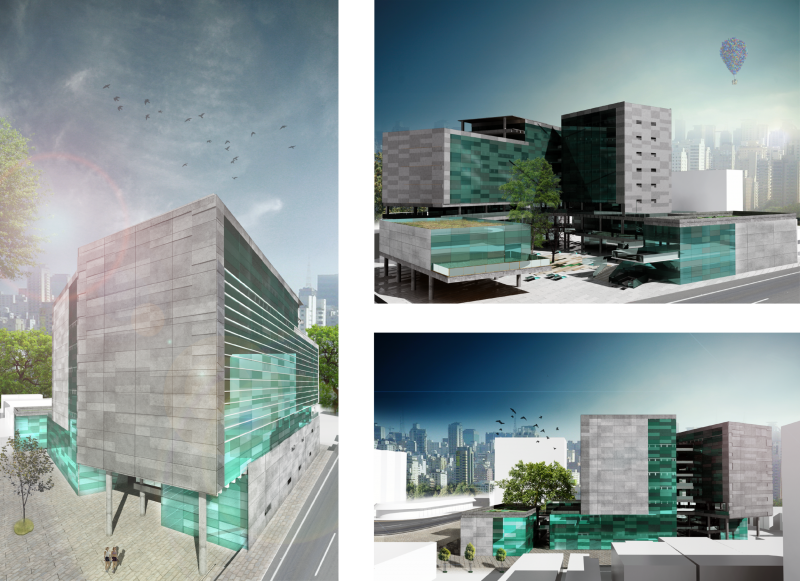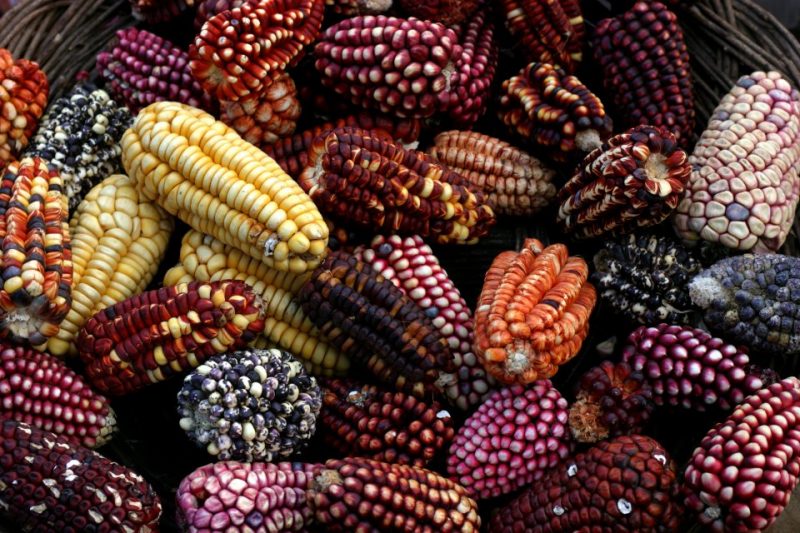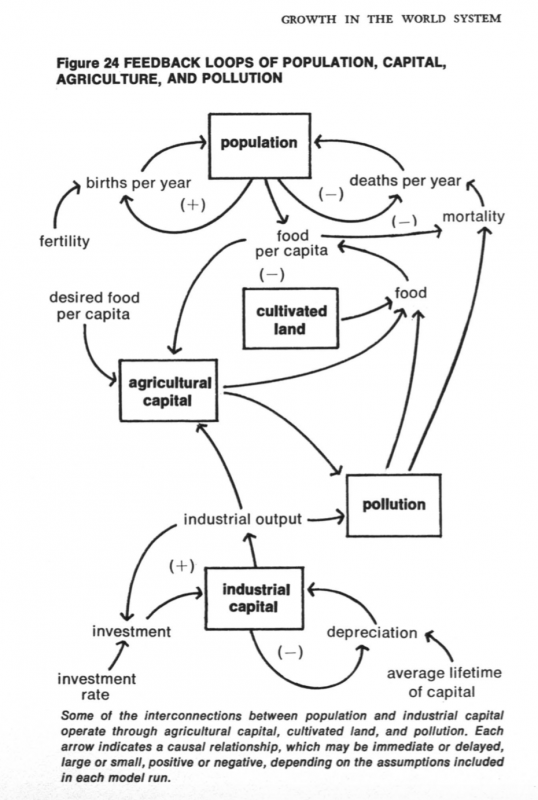Designing Food?
Posted on December 14, 2017As the end of the semester is getting closer, I am just trying to go back and forth on everything I have learned in just one Fall. For sure was not only new concepts or new points of view but also about new cultures from my peers and professors.
We all have so diverse backgrounds, each of us come from a different place in the world and many incredible experiences to share. However, one thing that I notice since the beginning is that even though we have so many different thoughts, I can assure that almost 99% of all TransD students are passionate about food.
Why? I’ve been questioning myself. But being a food addicted I tend to relate everything with food so on, design would not be different. By the way, my final graduation project from bachelor was a Gastronomic Complex in São Paulo.

Gastronomic Center for my Final Graduation Project
My answer would be that – if is there anything that we all have in common, the thing is: the will to explore, to learn and to solve. We chose this program because we believe that we are able to deal with complex issues in the world. So since food is mainly about this. About exploring, learning and knowing more about it.
Food can be highly related to most everything we learned in this semester. Through food we can better understand culture, understand how people relate and how people live. Also, it is an amazing empathy resource. You can communicate through food, discover values and history.
Food is power. It is unique to observe how daily meals change from social perspective. Food is an extremely complex issue, from forms of production, sustainability to hunger in many countries. And as I said in the previous post, ir is for me one of the biggest issues that we can handle as humans. Also as designers, we should address some solutions.
Food is also connection. As Alex Atala, one of the most important chefs in Brazil and in the world, mention “the most powerful social media is food”[1], it is per se a globalization tool, connecting and expanding through places where we could not even image that is possible.
On the other hand, it is one of the most colonized tools that happened in history. It is uncountless the vegetables or seeds that just disappeared because some colonizing nation thought it was not valuable at all[2]. Just as design education[3], I do believe that it is something that will take long to be decolonized, many still have the idea of the french techniques, the right way of cooking, serving, the best ingredients. Following the western culture of education in slow steps we are seeing many chefs getting out of these ideological restrictions.

Peruvian Corns, a colonized food
Thus, food is art. Not just simply art but an art that questions[4]. As a Transdisciplinary Designer, we learn in this course how to question and food can also play this role being a deeply cultural thing.
For sure, food is probably one of the most important things in humans lives. In this Donella Meadows system, we can see the relation with population and capital. We as humans, need food in most of our current systems to survive[5]. Maybe in the future will be different? Or not?

And for last, food emerges. Food has the power of emerging new policies, gathering communities together and reshaping education[6]. As a person who believes that everyone has the right to have food, it is a right to all humans and there is where it has the power of emerging actions, policies and feelings.
For this last post I wanted to bring a more daily and friendly topic. And as I reviewed this post many times, I am understanding how the learning process is better absorbed when applied to things we like. I am now from an architect becoming a designer, from many these two professions might have many things in common but for me it has been a totally new world. Is there a better way to create new connections if not relating to food?
That being said, I I will end with a request. Since most of us relate so much with food, how about also creating for those who does not have the opportunity to relate through it? Just by the fact that we are aware of what we eat, where it is from and how not to waste it we are in the right direction. From one of the last classes, what incredibly applies to this subject is the same idea of changing the neoliberal system: produce less, waste less. Or maybe considering food scenarios, why not produce better, waste less?
We are what we eat. So as designers engaged with so many complex issues, let’s consider our actions too.
Paula Kawakami
References
[1] Alex Atala interview, What Design Can Do. April 16, 2015. https://www.whatdesigncando.com/2015/04/16/the-most-powerful-social-media-is-food/
[2] Linda Alvarez. “Colonization, Food, and the Practice of Eating”, Food Empowerment Project. http://www.foodispower.org/colonization-food-and-the-practice-of-eating/
[3] Margaret Andersen, “Why Can’t The U.S. Decolonize Its Design Education?” https://eyeondesign.aiga.org/why-cant-the-u-s-decolonize-its-design-education/
[4] Linyee Yuan. “Food Revolution 5.0 Curator On the Urgency of Design for the Real World”, Mold. October 18, 2017. https://thisismold.com/event/exhibitions/mkg-food-revolution-5-0-claudia-banz#.Wh96x7Q-fBJ
[5] Donella Meadows. The Limits to Growth, 1972.
[6] “How Food Policy Emerges”, Growing Food Connections. June 2015. http://growingfoodconnections.org/wp-content/uploads/sites/3/2015/06/RustbeltRadicalPolicyBriefDraft_FINAL_2015.6.22.pdf